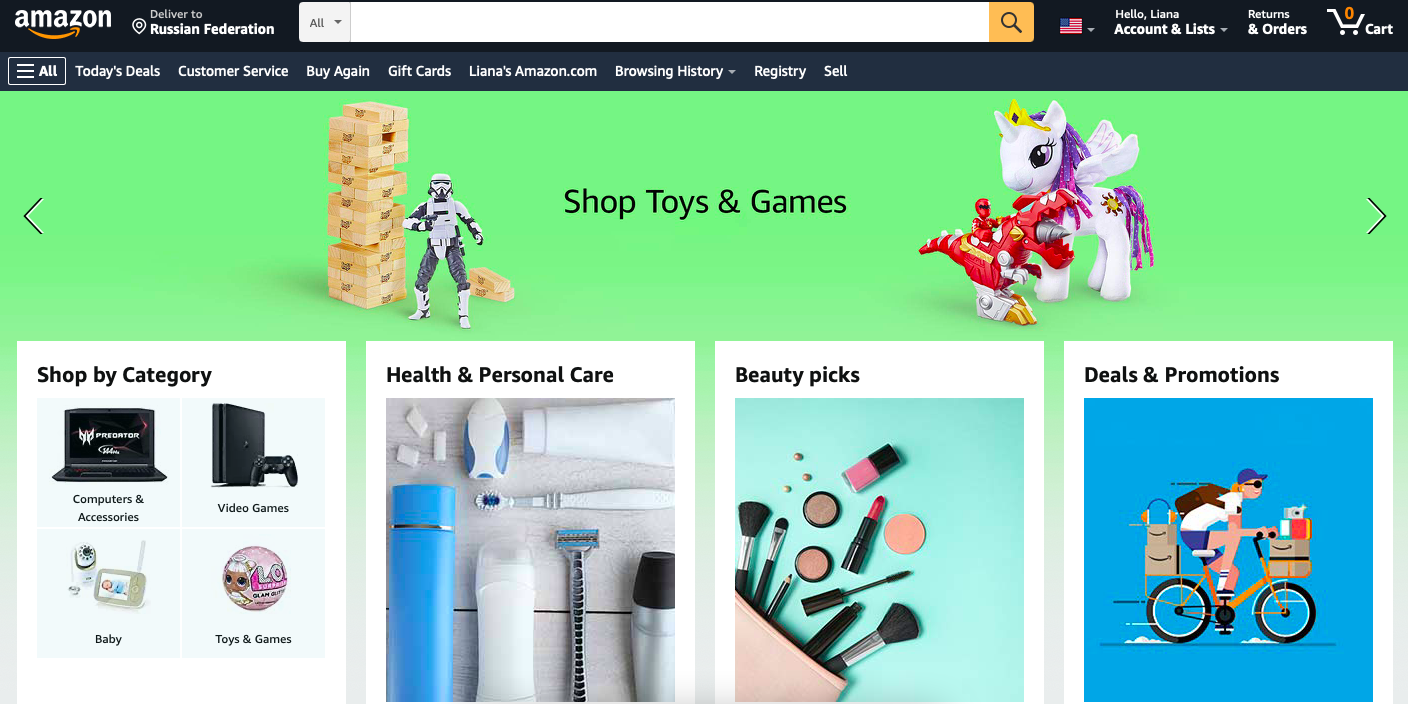So, you’re an Amazon seller and you think you’ve got the ins and outs of working on the Amazon marketplace? However, there are a number of issues that Amazon sellers face that even large or experienced Amazon sellers don’t know about! Let’s talk about them.
5 issues Amazon sellers face
Selling on Amazon is endlessly difficult, complete with pitfalls that even veterans fall into.
Let’s get you into the pitfalls now, because you still have to work hard to avoid the common problems that many sellers face.
At the very least, knowing this will help you better understand where these pitfalls may be hiding.

Set up tax payments
It’s a little shocking that many sellers never set up government tax collection settings on Amazon, thinking that Amazon somehow automatically solves all sales tax issues on the Amazon Marketplace.
It turns out nothing could be further from the truth.
While Amazon is happy to collect state sales tax for you (for a small fee), each seller must specify in which US states they want Amazon to collect tax and manage the transfer of taxes to the appropriate tax jurisdictions around the world. the country.
There are many tax remittance services available for online merchants, but ultimately it is the seller’s responsibility to pay the taxes.
Although the seller may choose not to collect state sales tax, liability to pay the tax is optional.
The seller can designate their account to collect state sales tax in certain states.
However, unfortunately, by default, when setting up new listings, Amazon assigns a tax-free label to each SKU, which can override a seller’s general request to charge state sales tax across their entire catalog.
THAT’S WHY.
Set your taxes right away.
- Go to “Settings” -> “Tax Settings”.
- Select which states you want Amazon to collect state sales tax from.
- Set “Use default Product Tax Code” to “A_GEN_TAX”.
- Amazon usually defaults to A_GEN_NOTAX when no tax is due.
While the seller may offer products that require a slightly different tax rate, this level of customization may follow later.
If a seller is using Fulfillment by Amazon (FBA) and does not collect proactive state sales tax in all taxing states where Amazon has fulfillment centers, the seller will soon accumulate a tax liability due to the tax. communication through FBA inventory held—even briefly—at fulfillment warehouses in those states.
PRO TIP: Every FBA seller should invest in tax advice with an online seller tax advisor to understand the responsibilities and potential liabilities of using FBA.
Profitability
Too many salespeople focus on top sales figures rather than bottom line.
“I want to sell on Amazon for $1 million a year” or “If only I could be a seller on Amazon for $10 million a year.”
So.
Focus on bottom growth and consider all costs up front.
Any salesperson would be better off growing their bottom line year after year much faster than their core sales.
This typically requires understanding profitability at the SKU level, including overhead and indirect costs in the profit calculation for each SKU.
Stop averaging everything and look only at total sales and profits.
Start thinking of every item you sell on Amazon as having its own profit and loss, its own market forces, and its own level and types of competition.
This approach has helped many sellers rationalize their catalog by focusing on bottom line growth rather than all other financial goals.
Fulfillment by Amazon
Fulfillment by Amazon, commonly referred to as FBA, is exactly what it sounds like.
You ship your items to Amazon warehouses and they collect, pack and ship your items to meet strict shipping and delivery times.
Merged SKU issue
As mentioned in the previous chapter, the seller has the option to submit an item to FBA without having to provide stickers at the SKU level on each item.
This decal-free inventory can be mixed with inventory from other FBA sellers of the same SKU.
Then, when a customer places an order with one FBA seller, Amazon chooses the most convenient inventory, even if that inventory isn’t actually the inventory that the seller submitted to FBA itself.
Listing optimization
Seller Central has a number of data sources that you can use to improve the quality of your catalog listing.
For many sellers, the process of creating and optimizing listings is a one-time transaction as they understandably shift their focus to other operational issues.
1. Use Sponsored Products advertising campaign reports.
However, a significant opportunity lies in the use of reports on advertising campaigns of sponsored products.
In these reports, you can see the exact keywords that were associated with Amazon shoppers buying your products.
By reviewing these reports periodically (especially for auto-targeted campaigns), you’ll find that there are keywords that are driving sales that you never expected to perform.
Bumping these terms directly into your general keywords will improve the SEO discoverability of your listings.
I encourage sellers to repeat this process every three months to make sure that the behavior of buyers associated with certain words has not changed.
And since the total keyword capacity for words is now much larger than ever before, there is an opportunity to add many more keywords and benefit from clicks through SEO rather than paid effort.
2. Include responses to previous product inquiries on the product page.
It’s also worth paying close attention to the requests you receive from Amazon customers.
If customers have questions about specific products, resolving those issues on the product detail page will likely improve customer communication over time.
For many Amazon sellers, the customer inquiry process does not include SKU-specific Q&A indexing, resulting in the seller losing the necessary clarifications or embellishments of a well-known product.
0

